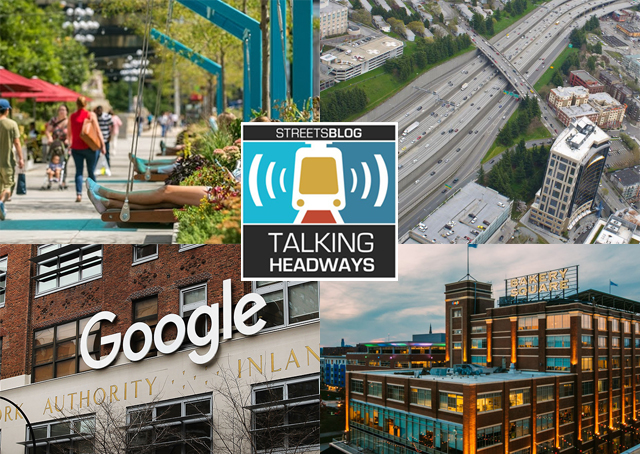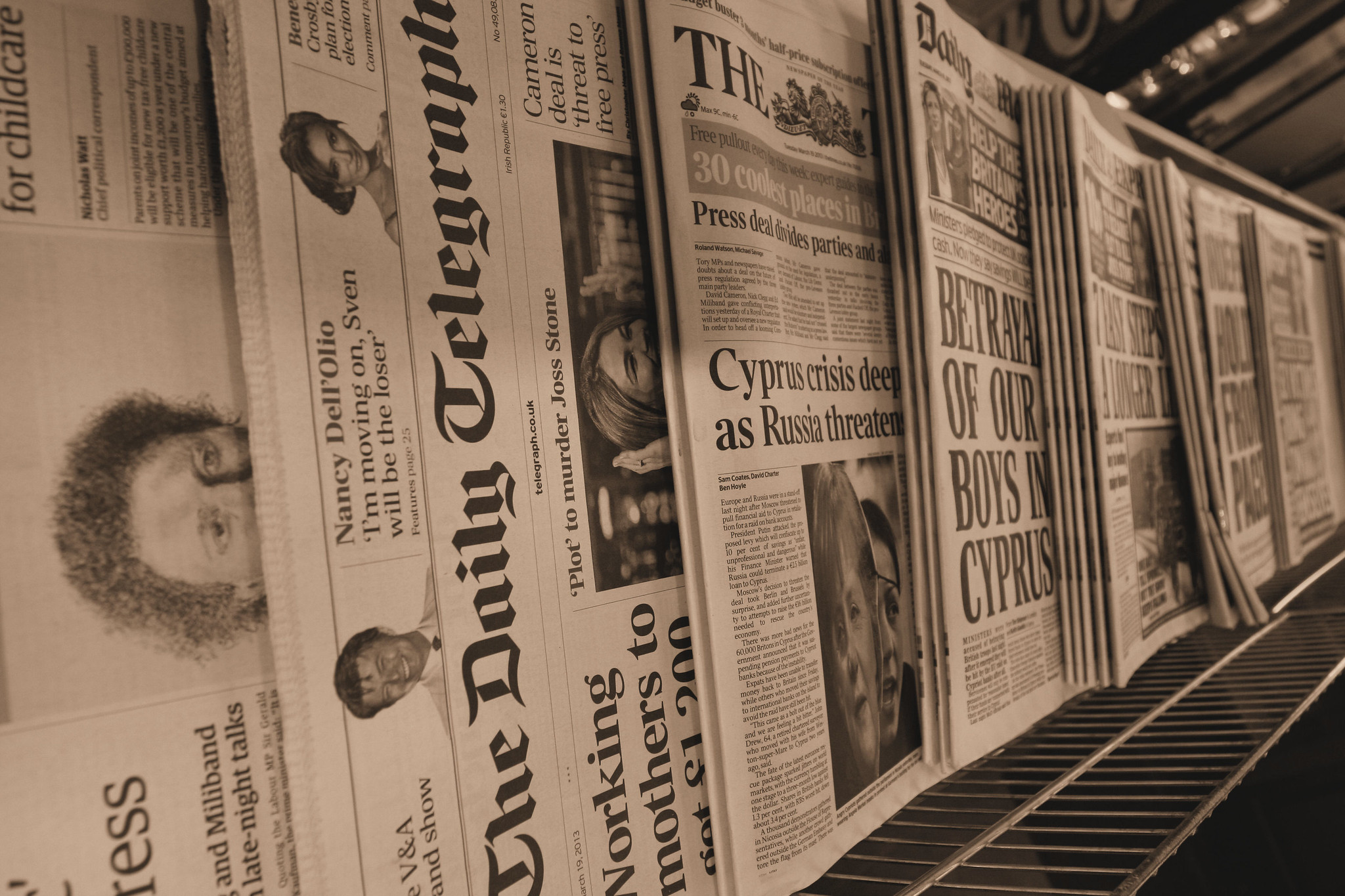Talking Headways Podcast: Valuing Black Lives and Property
10:17 AM EDT on July 30, 2020

This week, we're joined by Andre Perry, Metropolitan Policy Fellow at the Brookings Institution, to talk about his new book Know Your Price: Valuing Black Lives and Property in America's Black Cities. Perry talks with us about growing up in suburban Wilkinsberg, Penn., and how he crunched the numbers of Black property devaluation in U.S. cities.
If you prefer to read than listen, there's an excerpted transcript below the player. And if you want a full automated transcript, click here. And if you want to follow Perry on Twitter, he's at @andreperryedu.
Jeff Wood: So I've been to Wilkinsburg. I also looked up 1320 Hill on Google maps just to see where it was. I did a little bit of a work out there with NRDC a number of years ago. And you know, when we went there, we were told that many of the houses couldn't get loans, even if you wanted to fix them up. So I guess the city owns a number of the places and the city now owns the place where you used to live. How did those kinds of structural disinvestment compound over time?
Andre Perry: We all know that housing equity is a critical source for families to start businesses, to send their kids to college, to move to a better neighborhood. But when that equity is systematically devalued, you lack the resources to lift yourself up. And so the inability to invest in a neighborhood, essentially dooms it. And so places like Wilkinsburg represent a number of places where there's actually decent housing stock, homes that can be repaired, fixed up and moved into, but banks won't back them.
And so we clearly need loan products and different credit scoring systems to enable people to move into homes, to develop wealth, to pass that wealth onto their children, or we're going to live with these inequities. And by the way, we always have to remember that many of the reasons why homes in Black-majority cities are devalued is because of policy: The practices born of the Home Owners' Loan Corporation in the 1930s, and the practice of red lining, which occurred throughout the 20th century, officially ending in the 1970s, that practice of red lining, essentially devalued Black neighborhoods.
And clearly there was a material loss, but it also created a practice of downgrading Black assets. And so when, whenever you see assets in Black neighborhoods, we tend to just automatically devalue them. And then in housing context that shows up in the tax assessments, it shows up in appraisals, it shows up in real estate agent behavior and lending practices. And so my goal is to eliminate those drags of racism in housing and other markets, so that we can really see the value of Black assets.
And then we can see investments into those assets because many of the homes, businesses and infrastructure are definitely worthy of investment.
JW: Something that came up in the book: how is it the values created in places like East Liberty, but not other neighborhoods such as Wilkinsburg and Larimer — the places like East Liberty get investments and the other places that seem like they have the same bones and they have the same access to transportation, etc, don't?
AP: Yeah. You know, I used to be a cross country runner and I would run down the main drag, Penn Avenue. And because Wilkinsburg was so close to Pittsburgh, I didn't know when I cross over to Pittsburgh, except for the smell of cookies. There was a Nabisco cookie factory inside of Pittsburgh, right on the Pittsburgh border. And when you would run there, "Oh, you would smell the vanilla wafers and you go, Oh, I'm in Pittsburgh." But everything else the same, you know, it was a Black majority area.
So you saw plenty of black people. You saw students, black workers, and early on, it was thriving. I took that same running route as a much heavier older person, 30-something, 40-something years later. And many of the assets are still there. The main drag is there. Businesses are not thriving. There's, you know, financial institutions that aren't necessarily good for the community, fast food, things like that. But when you run down the drag and you get close to the Pittsburgh, you don't smell cookies, but you see a lot of White people and that's telling you you're in Pittsburgh, but the reason why you're seeing it is because of the Google headquarters that is now in that former Nabisco cookie factory.
And you see wonderful investments in the area of fancy restaurants, new retail, parks, recreational activities. Everything that I used to see in Wilkinsburg just ends at the Pittsburgh border seemingly. And it's interesting. I talk a lot about placemaking and clustering, those terms economic developers use when describing the deliberate effort to concentrate resources in a particular area to maximize growth. But when you don't include people from the community, placemaking looks nothing different than the various segregational practices of the past.
And that's what I talk about: inclusion really means that we need the community involved at the start of any kind of placemaking endeavor. Because there's such a low number of Black and Brown planners in their respective fields, architects for instance, have about 2 percent of Black people in the field. So you absolutely need the input from Black residents, business owners, Black institutional leaders, when trying to make over a place, but that didn't happen. And, therefore, you see a place that was built for the employees of Google. That's important because wages in the area essentially have stagnated for the ancillary or supportive industries in the area. So Black retail is stagnated. Wages for low-skill work, stagnated, or even decreased in some situations. And so the promise of Big Tech coming to town does not necessarily bring benefits to the community, especially if you don't plan it.
And so in the future, if we're going to see more of these gambits, like we saw with Amazon and other competitions and mayors are going to have to have their own game — demand inclusion from start to finish.
Stay in touch
Sign up for our free newsletter
More from Streetsblog USA
Tuesday’s Headlines Fix It First
How voters incentivize politicians to ignore infrastructure upkeep. Plus, are hydrogen trains the future of rail or a shiny distraction?
Why We Can’t End Violence on Transit With More Police
Are more cops the answer to violence against transit workers, or is it only driving societal tensions that make attacks more frequent?
Justice Dept., Citing Streetsblog Reporting, Threatens to Sue NYPD Over Cops’ Sidewalk Parking
The city is now facing a major civil rights suit from the Biden Administration if it doesn't eliminate illegal parking by cops and other city workers.
Five Car Culture Euphemisms We Need To Stop Using
How does everyday language hide the real impact of building a world that functionally requires everyone to drive?




